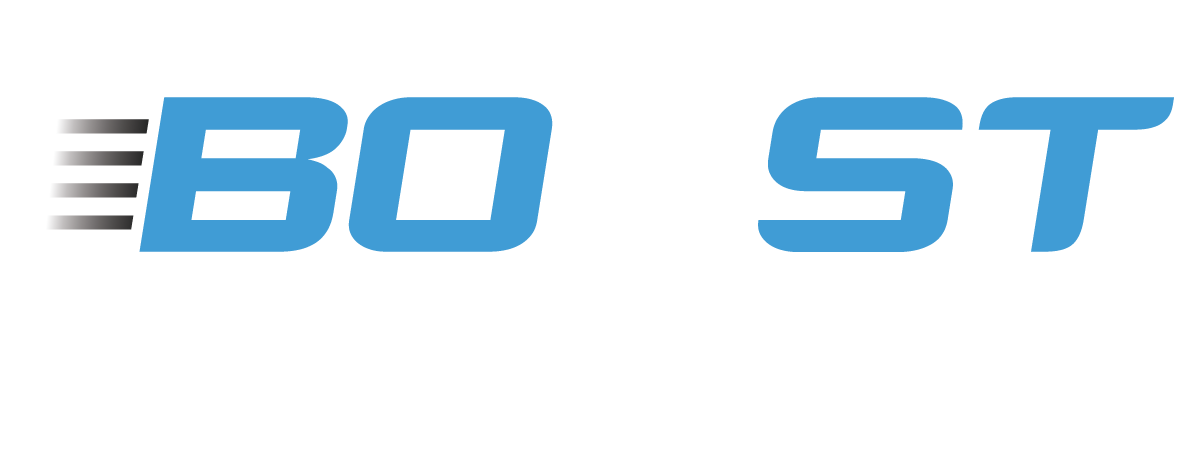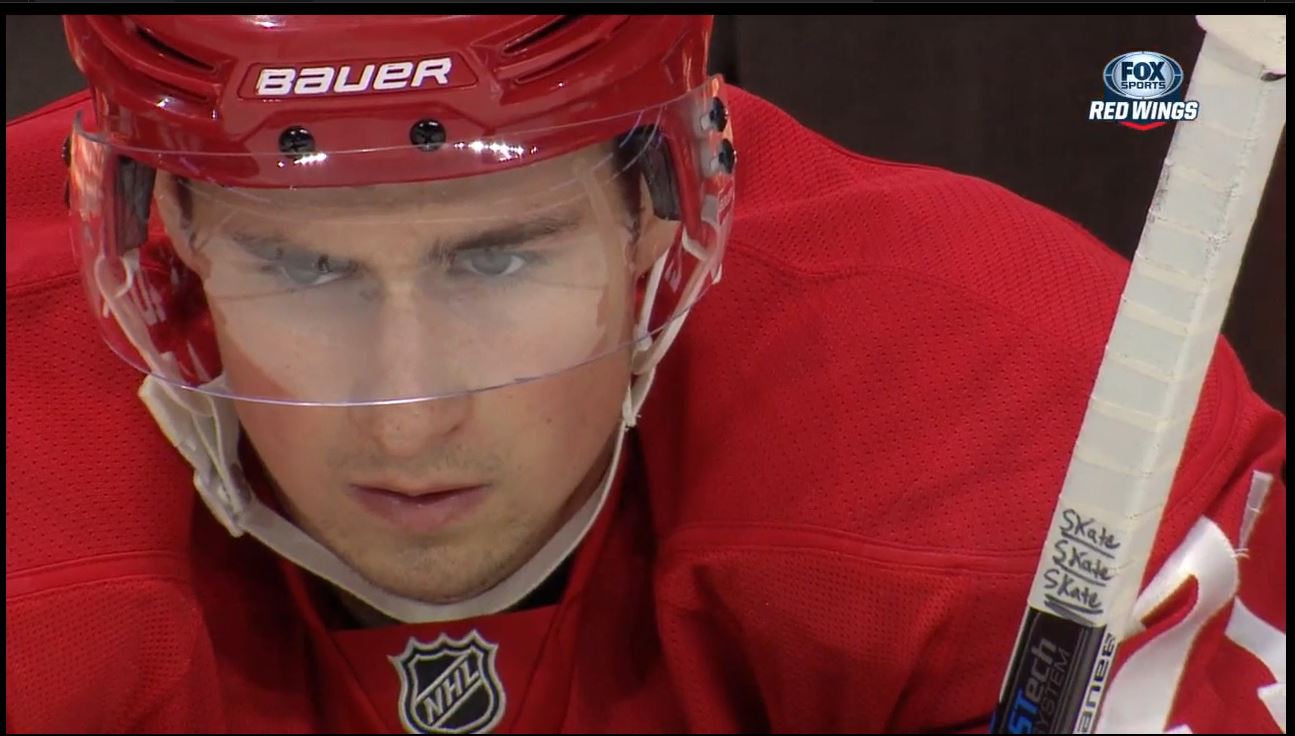Have you ever had a bad shift in a hockey game?
Of course you have.
We all have.
What do you do to bounce back from it and be ready for the next one?
Regardless of what happened, it could have been a missed pass for an easy goal, or maybe you got walked on a 1 on 1 and the guy scored, or you didn’t control the rebound and it led to an easy tap in goal, we’ve all been there.
I know from personal experience that there’s no worse feeling then skating back to the bench knowing that your mistake cost your team a goal.
But the reality is that it happens to everyone.
Even the best in the world have shifts where they make mistakes that ultimately leads to the puck ending up in their own net, or not in the opposing teams net.
How you respond to those situations, and approach each shift in general, is really what makes the difference.
I’m sure you’ve heard people in hockey, and other sports, talk about being even keel.
Never too high and never too low.
And it’s true, the best players are able to control their emotions and take the good with the bad and know that they’re only as good as their next shift and that’s where their focus needs to be.
So that leads to the question of how do you become more consistent shift after shift?
While trying to stay even keel, never too high and never too low, is great in theory, it doesn’t exactly help with the process of actually doing that during the game.
One thing that worked for me as a player, and has helped numerous other players that I have played with, coached, and instructed is something I call mental reminders.
A mental reminder is a word or phrase that acts as a trigger for your mind. When you see that word, or phrase, it instantly reminds you that you need to focus on the things that you can control and that make your game successful.
I like to use the example of a former teammate who used to write “FTB” (meaning For The Boys) on the handle of each one of his sticks.
When I asked him about it, he said that one thing he always struggled with as a player was that if he felt like things weren’t going well he would try and do it all himself. It wasn’t that he was a bad teammate, in fact, he cared so much that he wanted to do things himself to try and lift his teammates back up. We all know (at least I hope) that trying to do it all yourself isn’t the answer.
So he used the “FTB” as his mental reminder that he was there “for the boys” and that he needed to trust them and work with them to get things back on track.
That was his trigger word and what worked best for him.
Now obviously everyone is different, and each player should come up with something that works specifically for them and helps trigger the right mind frame.
A few other examples that I know have worked for people are:
SKATE - used by a former player who knew that if his feet were moving he was making smart decisions and good plays. (And I’m assuming, as you can see from the picture above, SKATE is also used by Dylan Larkin.)
BELIEVE - this player used that to remind himself to believe in himself and trust his abilities.
TRUST - this player used TRUST to remind himself to trust the process and not get frustrated if everything didn’t go his way all the time. Also, to trust his teammates and know they have his back.
NO FEAR - this player was small in stature but wanted to make sure he never played that way. He used this reminder as a way to play ‘big’ and not be scared of playing against bigger players.
Like I said, there are an infinite number of possibilities. And as a player, you need to figure out what is going to work best for you.
I encourage anyone who uses this to put it in a place that has easy access and you’ll see it between every shift. So someplace like the handle of your stick, the inside cuff of your glove, or even the cuff of your jersey sleeve.
That way, every time you come off the ice after a shift you’ll see your reminder. Then you can take 10 seconds or so to refocus yourself and clear your head and be ready for your next shift.
I found this to be incredibly useful as a player.
Whether things went good or bad in the shift before, it was a way to clear my head and get refocused on the game.
Like I talk about all the time, consistency is one of the most valuable assets you can have as a player.
This is another tool that you can add to your game that will help you do that.
And remember, every shift is a new opportunity to do something positive for your team. Make sure you’re ready for it.

